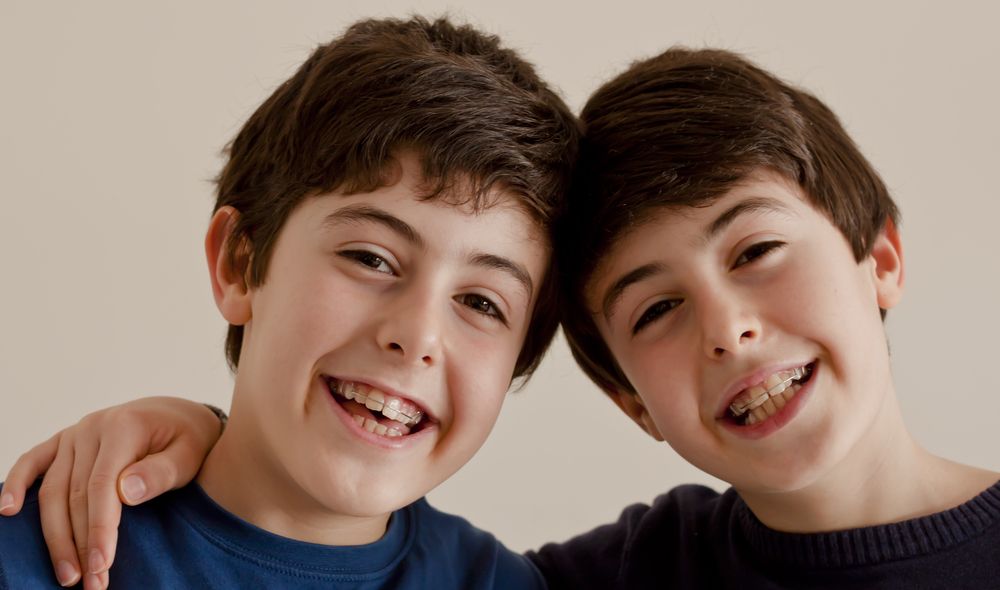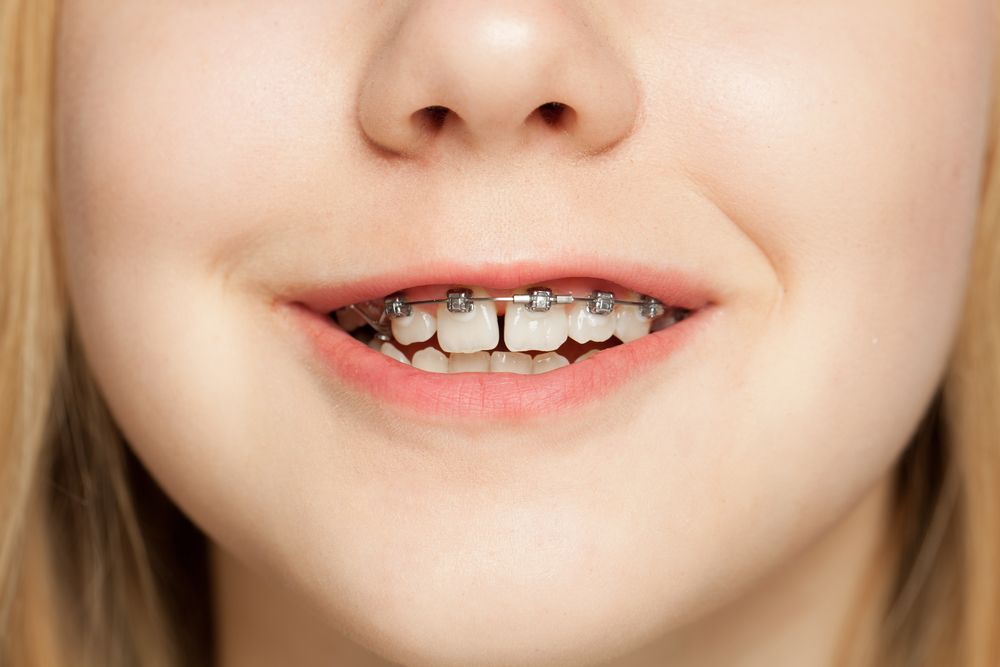What Are the Best Braces for Kids?
Your children–you adore them and so do we. Board-certified orthodontist Dr. Wint W. Tun and the compassionate, kid-friendly team at Harmony Orthodontics want to invite you and your children to join our family of patients. We always want the best for our young patients, so Dr. Tun offers a variety of braces for kids. To determine which is best for your child, schedule a no-cost, no-obligation orthodontic consultation in our Tomball office with Dr. Tun by calling 832-699-3683.
What happens at an ortho consultation?
Children’s smiles are as diverse as their personalities! All kids should have an ortho consult by age 7, according to the American Association of Orthodontists. Your little one may not need braces, or he might be best served by Invisalign First, and another child in your household may be well suited for traditional braces. This is why Dr. Tun offers a free consultation.
At your first appointment, we will take x-rays and photos, then Dr. Tun sit down with you (and your child, if he wants) to explain her findings and treatment recommendations. Your input is important during the consultation because you can share valuable insight into the lifestyle factors and habits that will help us choose the best braces for your child.
Now, let’s explore the options. The following braces for kids are available in our Tomball orthodontist office.
Types of Children’s Braces: Ages 6 to 9
The type of braces your child needs will depend upon his specific case and age. Early orthodontics, also called phase one ortho or interceptive braces, creates additional space in the mouth for incoming permanent teeth. This allows your child to avoid future extractions, which are necessary when kids’ mouths are too small for all their permanent teeth. In addition, phase one ortho can set a child up for fewer orthodontic issues in his teens and adult years.
If a child needs phase one, Dr. Tun may suggest Invisalign First or palatal expanders prior to placing traditional braces. Both types of braces for kids have pros and cons.
Traditional Braces for Phase One Orthodontics
The braces we know from our childhood have significantly evolved in the past few decades. Today, traditional braces for kids are smaller, lighter, and less obtrusive than the train tracks you may have worn.
Dr. Tun will recommend traditional braces for kids when simpler options, like Invisalign First, won’t solve the orthodontic issues.
With braces, more precise tooth movement can be achieved. Issues like lifting teeth further out of the jaw or pressing them deeper can only be achieved with traditional braces. Twisted teeth require a straightening strategy that only traditional braces can achieve, as well. Perhaps most important, patients cannot remove traditional braces, so compliance is practically guaranteed. Invisalign First requires that the patient choose to comply every day to be effective.
Also, in phase one ortho, we use a palatal expander to guide bone growth of the upper jaw, creating room for incoming permanent teeth. While Invisalign First also expands the upper palate, it isn’t ideal for extremely narrow mouths. Once the palate is sufficiently expanded with a palatal expander, in some cases the patient can opt for Invisalign instead of traditional braces.
Invisalign First: Removable, Clear Aligners for Kids
In the past, Invisalign was made only for adults, then they created version for teenagers. Today, parents and young children can opt for Invisalign First, an effective phase one orthodontic therapy for children, ages 6 to about 9. The clear aligners are made with the same special software and materials we use for Invisalign for adults and Invisalign Teen.
Invisalign First can expand the upper palate without the use of a traditional palatal expander with a key. However, children must wear their aligners as instructed, 22 hours per day, to see projected results. Non-compliance or partial-compliance will delay results and could allow relapse, meaning teeth shift back out of alignment when the aligner isn’t worn. Relapse creates the need for a new treatment plan, so wearing the aligners as instructed is imperative for success.
Invisalign First is wonderful for oral home care! The removable aligners can be brushed and rinsed clean, and teeth are free of any obstruction. The patient should floss and brush normally, but parents, please make sure your child does a thorough job morning and evening.
Learn More About Braces for Kids
If you want to talk with board-certified orthodontist Dr. Wint W. Tun about the best braces for your kids, give us a ring at 832-699-3683. Schedule a no-cost, no-obligation orthodontist consultation today!

